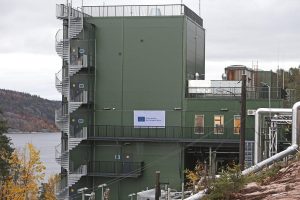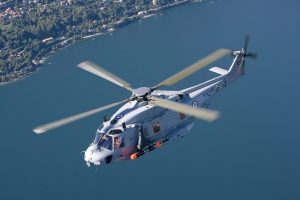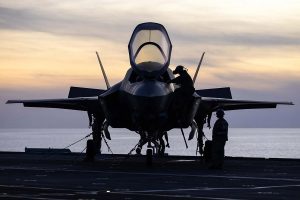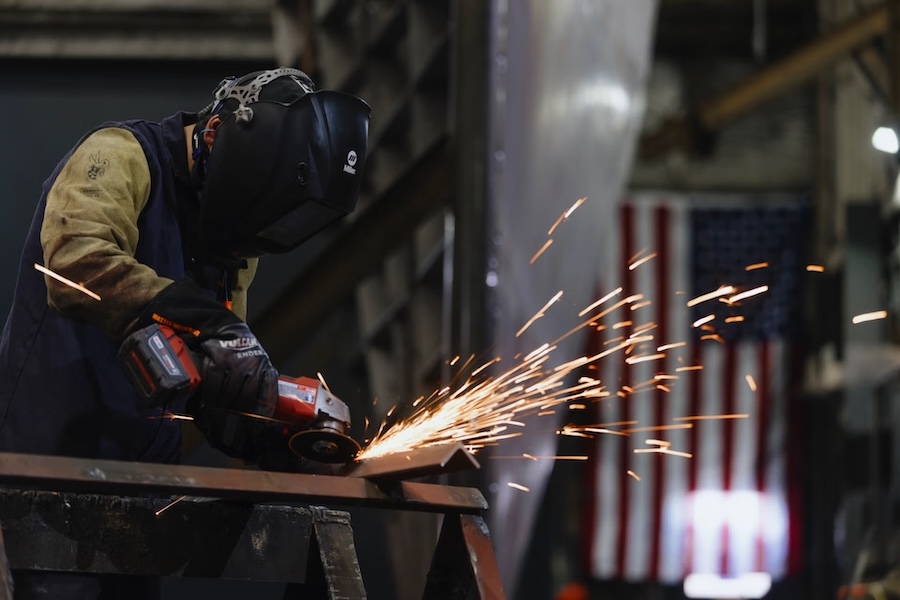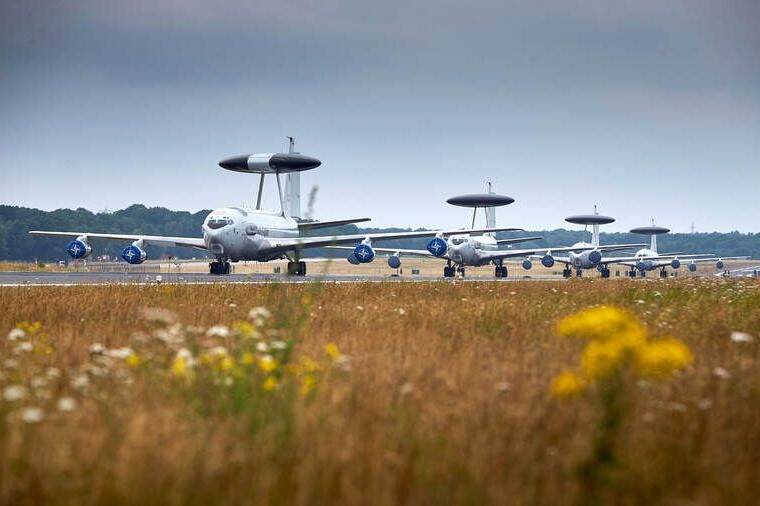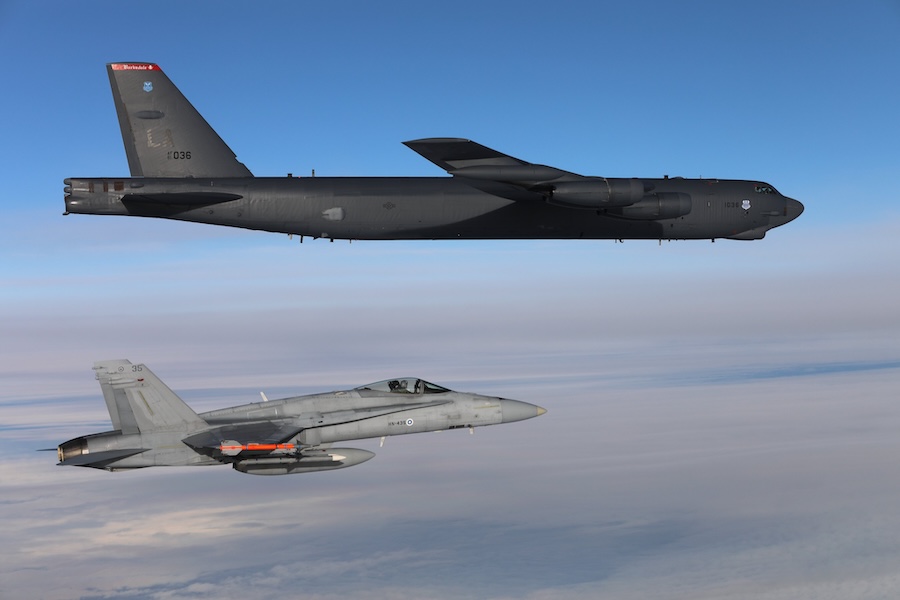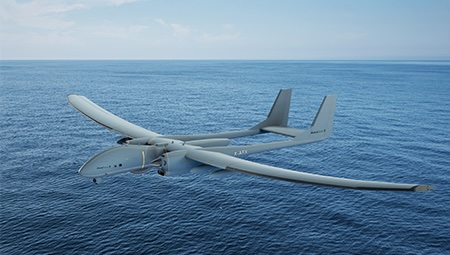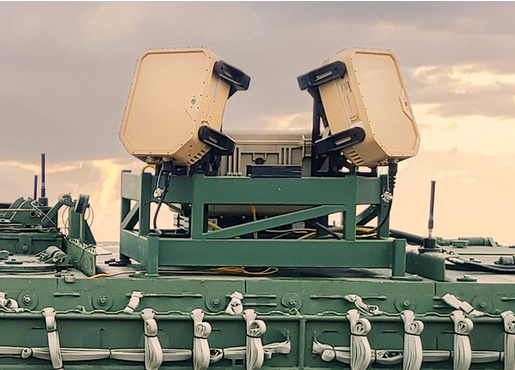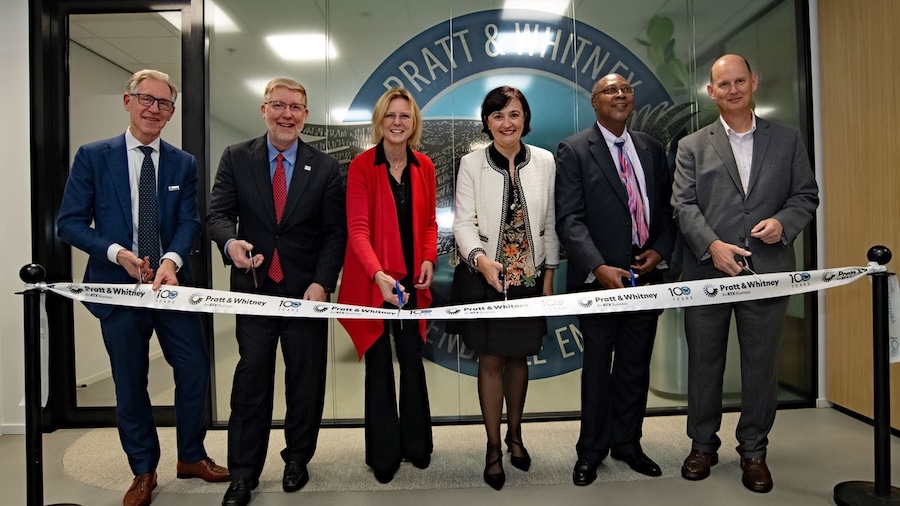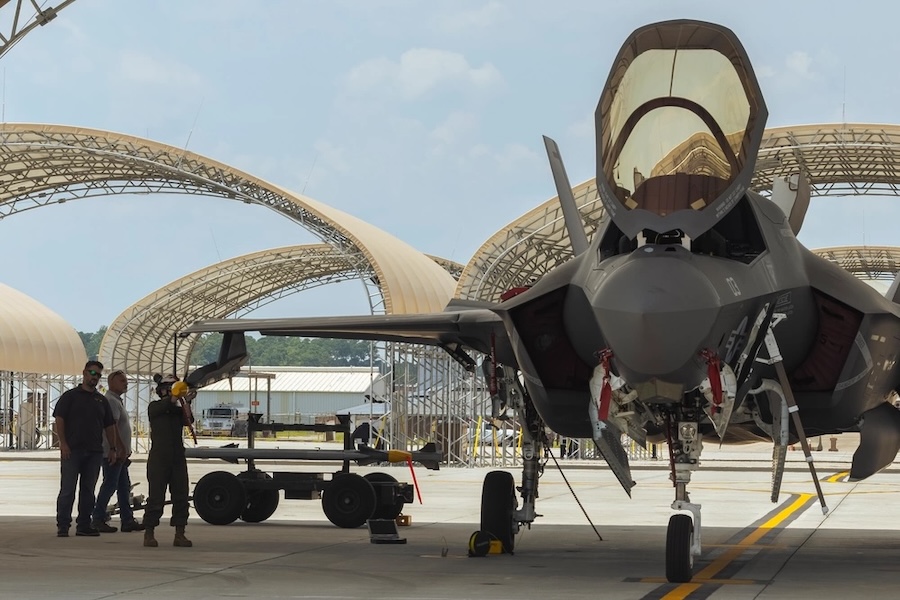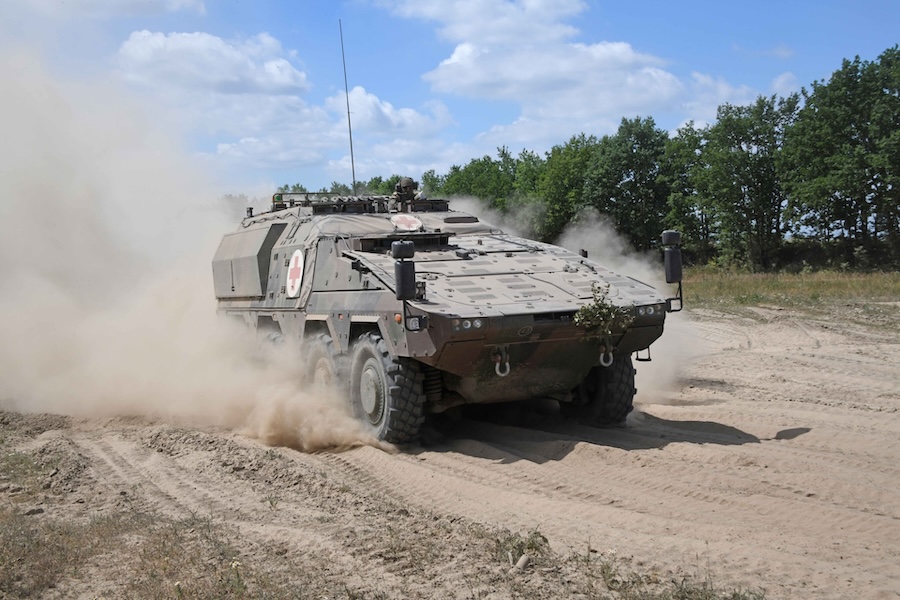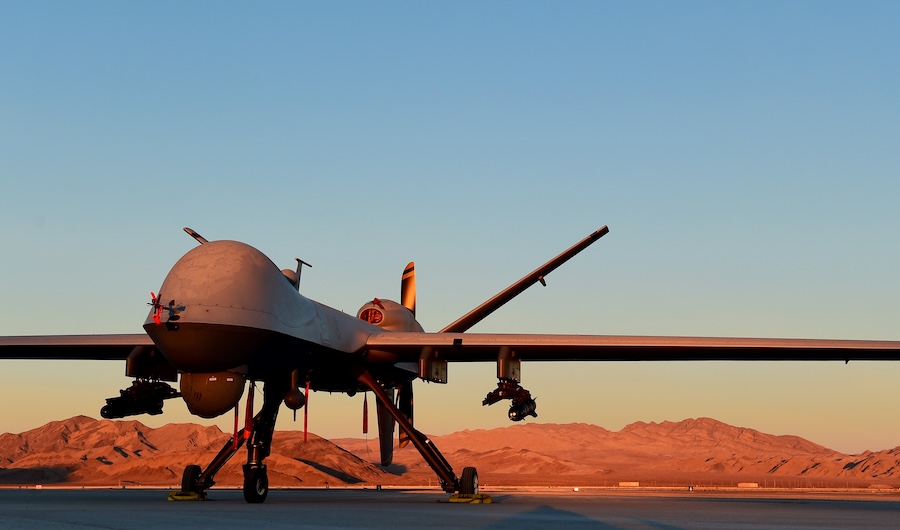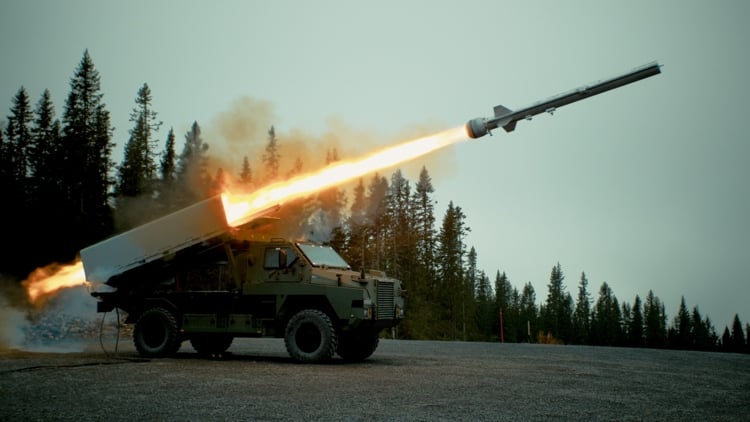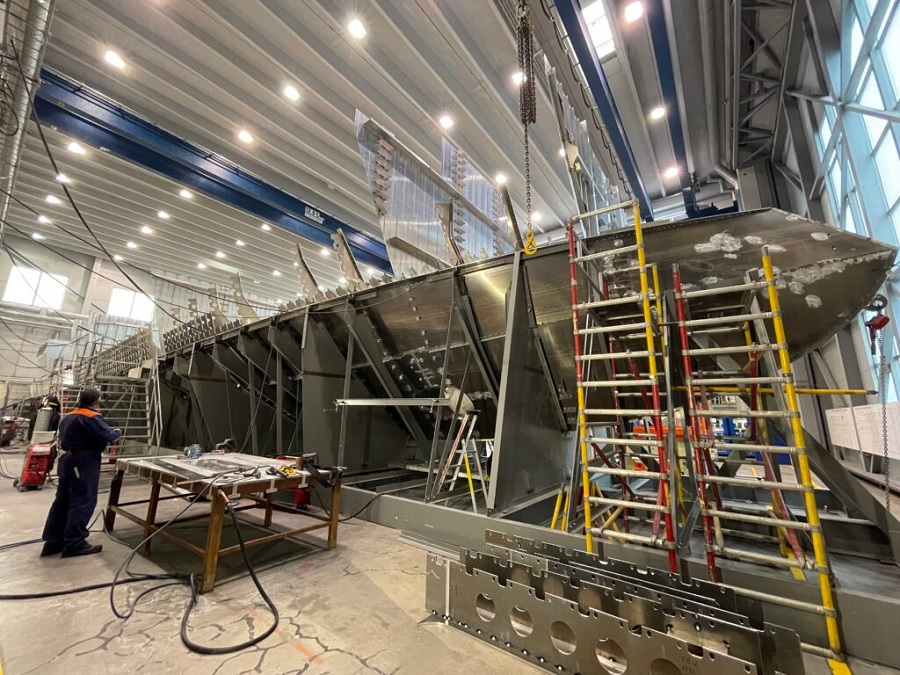The activity took place under the Agile Combat Employment (ACE) concept, using Norwegian infrastructure and integrating with local ground forces. “For us, this is clear proof that interoperability is not just a concept in NATO, but a practice that is continuously evolving,” said Colonel Ole Marius Tørrisplass, Commander of the 132 Air Wing.
Tørrisplass, also known by the callsign “D-Ice”, emphasised the strategic value of allied partnerships based on his own experience flying both F-16 and F-35 jets. “Close integration with allies is always important. When we can share bases, shelters, infrastructure and personnel, we can leverage each other’s strengths and integrate more closely. It enables us to operate seamlessly across borders, increase resilience and build credible combat power. Together we are stronger,” he stated.
He also underlined the importance of mobility, speed, and the ability to rapidly adapt operational patterns in modern air power. These exercises demonstrated the value of flexibility and readiness in real-world defence planning.
Major Gabriel, commander of the French unit, highlighted the objective of operating far from France with limited staff while maintaining full combat effectiveness. “Our goal in Norway is to train on deployment far from France with the least possible personnel, while still being able to operate our Rafale fighter jets effectively and protect NATO and our borders,” he explained.
Describing the cooperation at Ørland, he noted, “We have been very well received, and the Norwegian force operates in an excellent way according to ‘NATO procedures’. This makes it easy to connect and integrate together. Already on the first day we planned the mission for the next day in one hour, and it went seamlessly.”
Throughout the week, the French Rafales and Norwegian F-35s executed a series of advanced scenarios, including air-to-air, air-to-ground, and 1-on-1 close combat training. “Even though we fly different aircraft and speak different languages, we are still able to solve the same mission side by side. That builds trust and confidence – for real,” said Gabriel.
Ørland’s infrastructure, personnel availability, large training areas, and proximity to Sweden, Finland, and key firing ranges make it an ideal hub for such joint operations. “Such short exercises show that allied fighter aircraft can be moved to Ørland with minimal staffing, integrate and carry out complex training scenarios with our F-35s very quickly,” concluded Colonel Tørrisplass.








